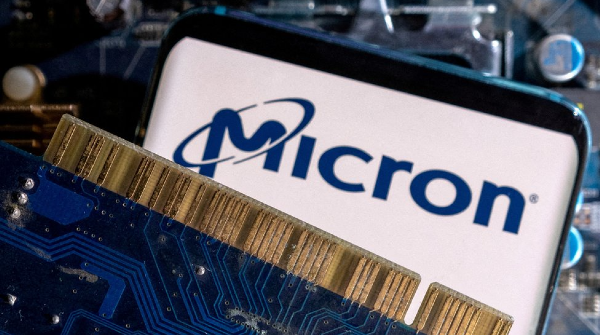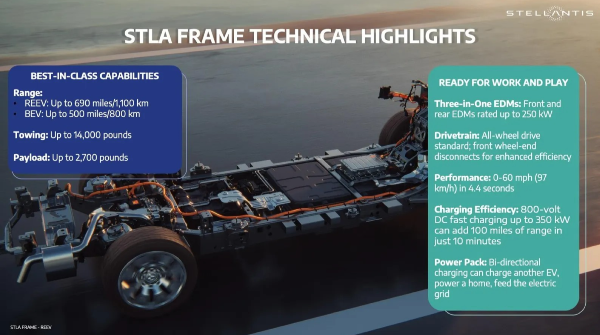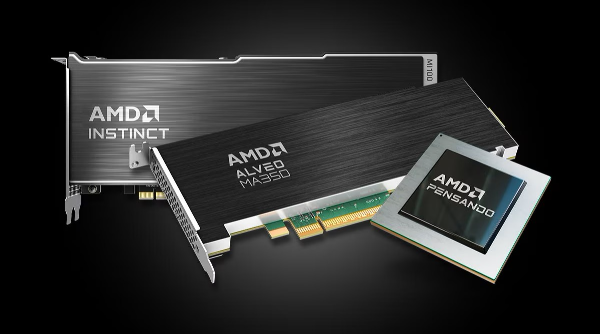Introduction
Known as a leader in technology and innovation, Nvidia has continued to redefine industries with its cutting-edge solutions. This article dives into Nvidia’s company profile, fundamentals, technical analysis, key growth catalysts, and concludes with actionable insights.
Company Profile
Nvidia, founded on April 5, 1993, by Jensen Huang, is an American multinational corporation revolutionizing the technology industry. Over 30 years since its inception, Huang, a former electrical engineer, continues to serve as CEO, exemplifying strong leadership at Nvidia. The company specializes in graphics, computing, and networking solutions on a global scale.
At the heart of Nvidia’s innovation lies the Graphics Processing Unit (GPU), a critical element found in nearly every computer today. Nvidia’s primary revenue generator is its compute and networking segment, contributing significantly to its development in artificial intelligence (AI), data centers, and robotics platforms. Key technologies include:
- Nvidia Drive for automated driving.
- Jetson for robotic systems.
- GX Cloud software for networking.
Revenue Insights
Nvidia’s revenue breakdown showcases its strategic focus:
- Compute and Networking Segment: Contributes approximately 80% of revenue (around $47.4 billion in 2024).
- Graphics Segment: Generates $13 billion, supporting gaming, cryptocurrency mining, professional applications, and cloud computing.
Recent financial data highlights Nvidia’s meteoric growth:
- 2024 Total Revenue: $60.9 billion (126% YoY growth).
- Operating Income: $33 billion (700% YoY growth).
These numbers underscore Nvidia’s dominance in AI and data center solutions.
Customer Base
Although exact customer identities remain undisclosed, Nvidia is estimated to derive significant revenue from tech giants such as Google, Amazon, Meta, Microsoft, and Tesla, collectively accounting for around 30% of quarterly earnings. While partnerships with these leaders strengthen Nvidia’s position, reliance on such customers warrants attention.
Fundamental Analysis
Nvidia’s fundamental metrics provide a mixed bag:
- Market Cap: Approximately $3 trillion—a testament to Nvidia’s scale.
- P/E Ratio: 42—indicative of high valuation.
- Return on Assets and Equity: A remarkable 57% and 120%, respectively.
- Insider Ownership: 4.5%, showcasing confidence in the company’s long-term growth.
The balance sheet reflects healthy growth trends:
- Total Assets: Rising from $44 billion to $111 billion.
- Equity Growth: Substantial compared to liabilities, confirming strong financial health.
Revenue and net income figures highlight Nvidia’s exceptional performance:
- Revenue (2020–2024): $26 billion to $60.9 billion.
- Net Income: $9 billion to $72 billion—a breathtaking increase.
Technical Analysis:
Nvidia’s stock performance over the last decade has been phenomenal, multiplying over 140 times in value. Short-term movements suggest some consolidation, which may lead to new uptrends or reversals. For long-term investors, Nvidia’s consistent growth trajectory remains a compelling factor.
Key Catalysts:
Nvidia’s growth is intricately linked to advancements in AI and increasing dependence on internet-related technologies. Strategic customers such as Meta, Google, Amazon, and Microsoft provide essential demand for Nvidia’s cutting-edge solutions.
Conclusion
Nvidia’s unparalleled growth and innovative prowess make it a fascinating stock for tech enthusiasts and investors alike. However, its high valuation requires cautious consideration. Those seeking exposure to transformative industries like AI and data centers may find Nvidia to be a worthwhile addition to their portfolio.
By focusing on Nvidia’s technological advancements, financial performance, and growth catalysts, this article is optimized for both readability and search engines, attracting investors interested in transformative technologies like AI.
https://youtu.be/e3f3TzJAByI?si=luGB3nwrNBJZ6TpX































Introduction
Known as a leader in technology and innovation, Nvidia has continued to redefine industries with its cutting-edge solutions. This article dives into Nvidia’s company profile, fundamentals, technical analysis, key growth catalysts, and concludes with actionable insights.
Company Profile
Nvidia, founded on April 5, 1993, by Jensen Huang, is an American multinational corporation revolutionizing the technology industry. Over 30 years since its inception, Huang, a former electrical engineer, continues to serve as CEO, exemplifying strong leadership at Nvidia. The company specializes in graphics, computing, and networking solutions on a global scale.
At the heart of Nvidia’s innovation lies the Graphics Processing Unit (GPU), a critical element found in nearly every computer today. Nvidia’s primary revenue generator is its compute and networking segment, contributing significantly to its development in artificial intelligence (AI), data centers, and robotics platforms. Key technologies include:
Revenue Insights
Nvidia’s revenue breakdown showcases its strategic focus:
Customer Base
Although exact customer identities remain undisclosed, Nvidia is estimated to derive significant revenue from tech giants such as Google, Amazon, Meta, Microsoft, and Tesla, collectively accounting for around 30% of quarterly earnings. While partnerships with these leaders strengthen Nvidia’s position, reliance on such customers warrants attention.
Fundamental Analysis
Nvidia’s fundamental metrics provide a mixed bag:
The balance sheet reflects healthy growth trends:
Revenue and net income figures highlight Nvidia’s exceptional performance:
Technical Analysis:
Nvidia’s stock performance over the last decade has been phenomenal, multiplying over 140 times in value. Short-term movements suggest some consolidation, which may lead to new uptrends or reversals. For long-term investors, Nvidia’s consistent growth trajectory remains a compelling factor.
Key Catalysts:
Nvidia’s growth is intricately linked to advancements in AI and increasing dependence on internet-related technologies. Strategic customers such as Meta, Google, Amazon, and Microsoft provide essential demand for Nvidia’s cutting-edge solutions.
Conclusion
Nvidia’s unparalleled growth and innovative prowess make it a fascinating stock for tech enthusiasts and investors alike. However, its high valuation requires cautious consideration. Those seeking exposure to transformative industries like AI and data centers may find Nvidia to be a worthwhile addition to their portfolio.
By focusing on Nvidia’s technological advancements, financial performance, and growth catalysts, this article is optimized for both readability and search engines, attracting investors interested in transformative technologies like AI.
https://youtu.be/e3f3TzJAByI?si=luGB3nwrNBJZ6TpX